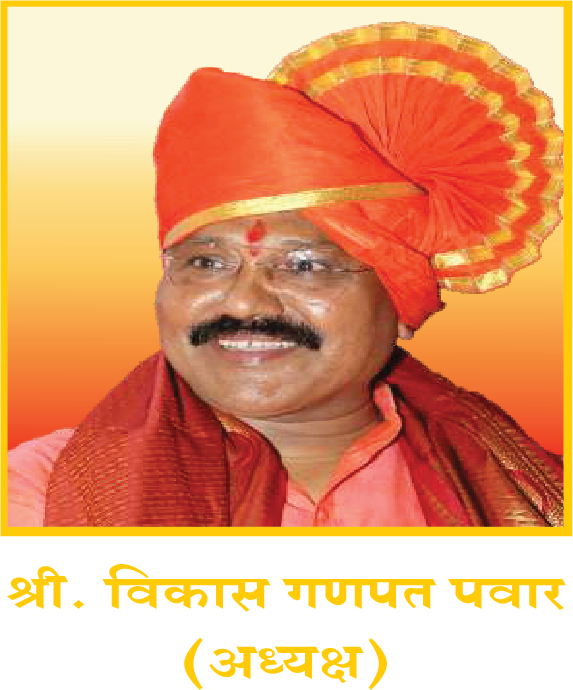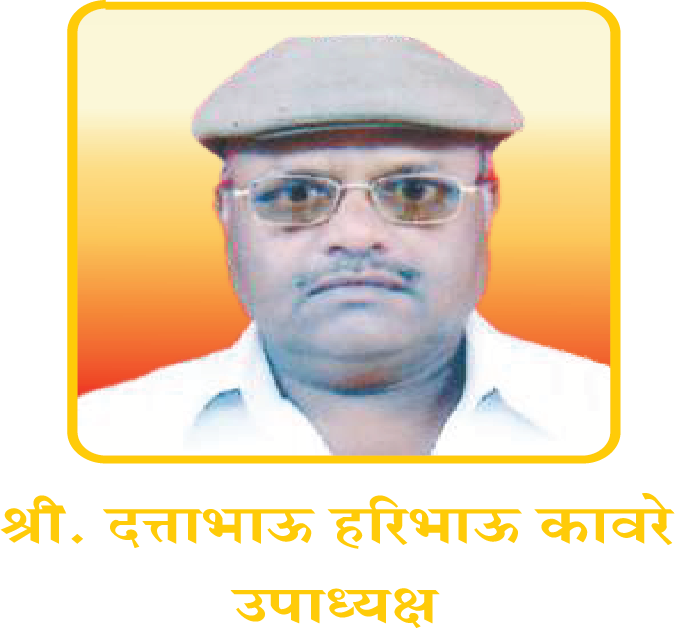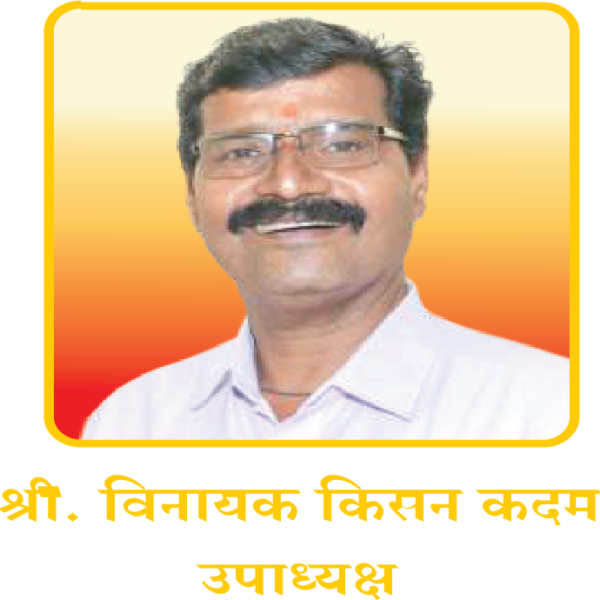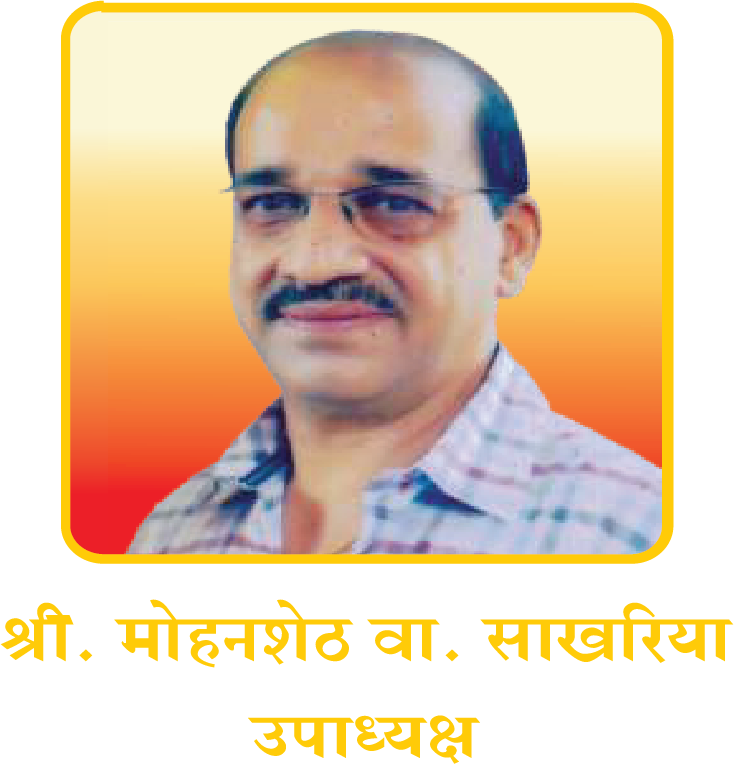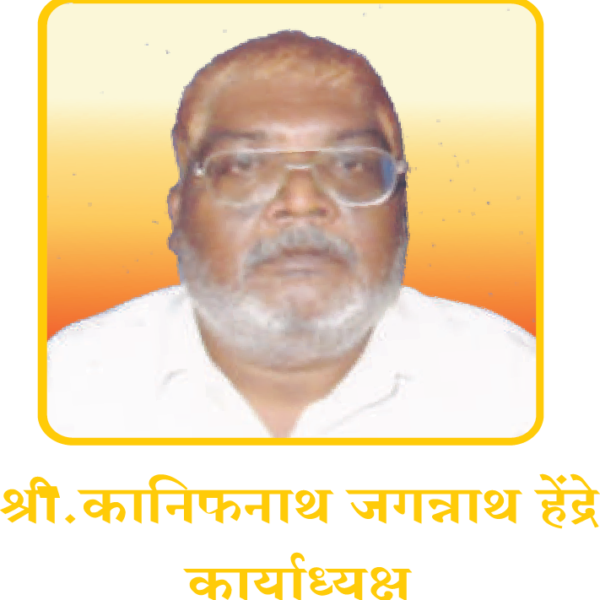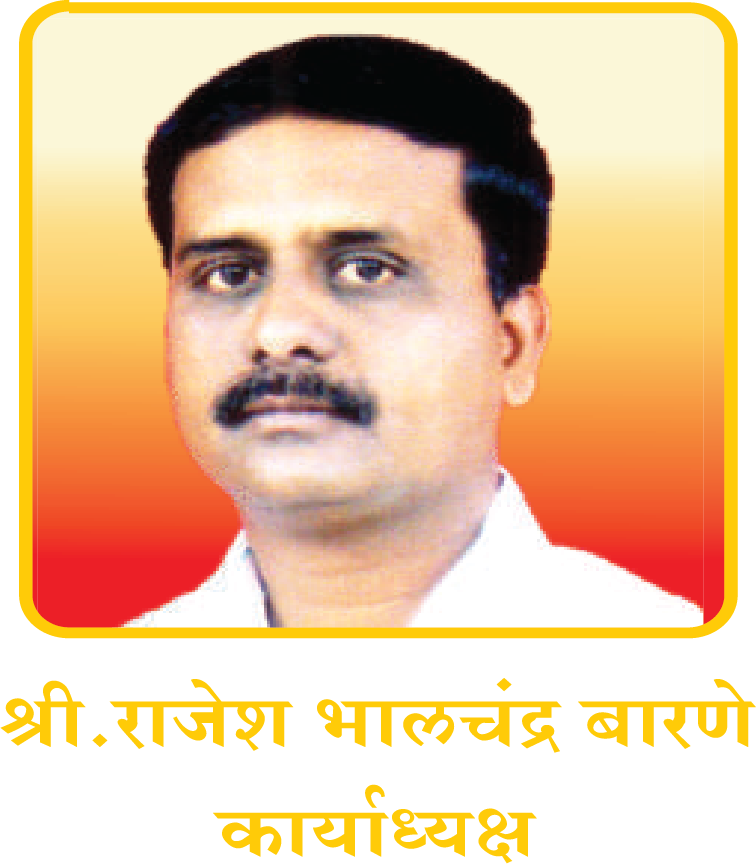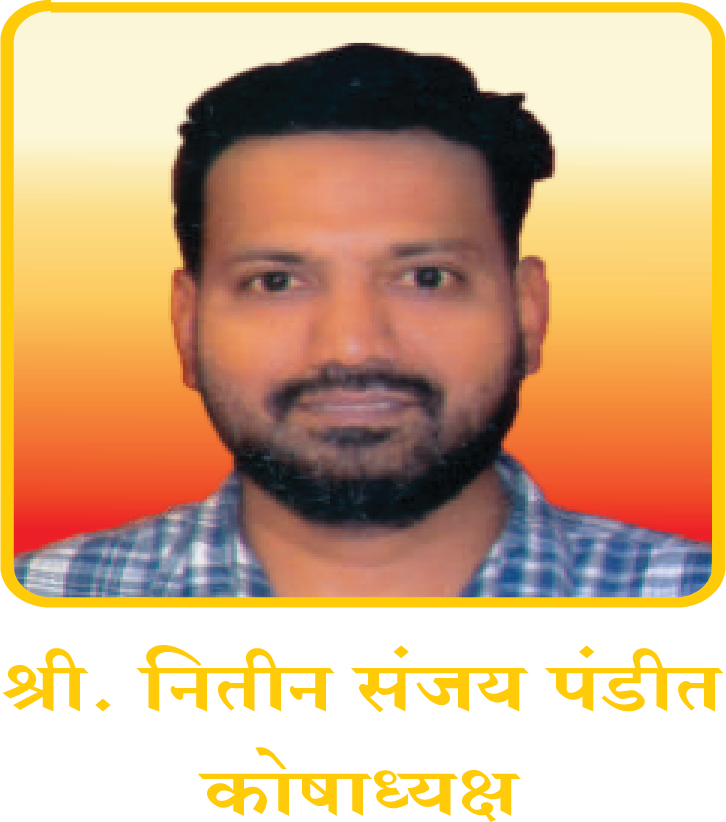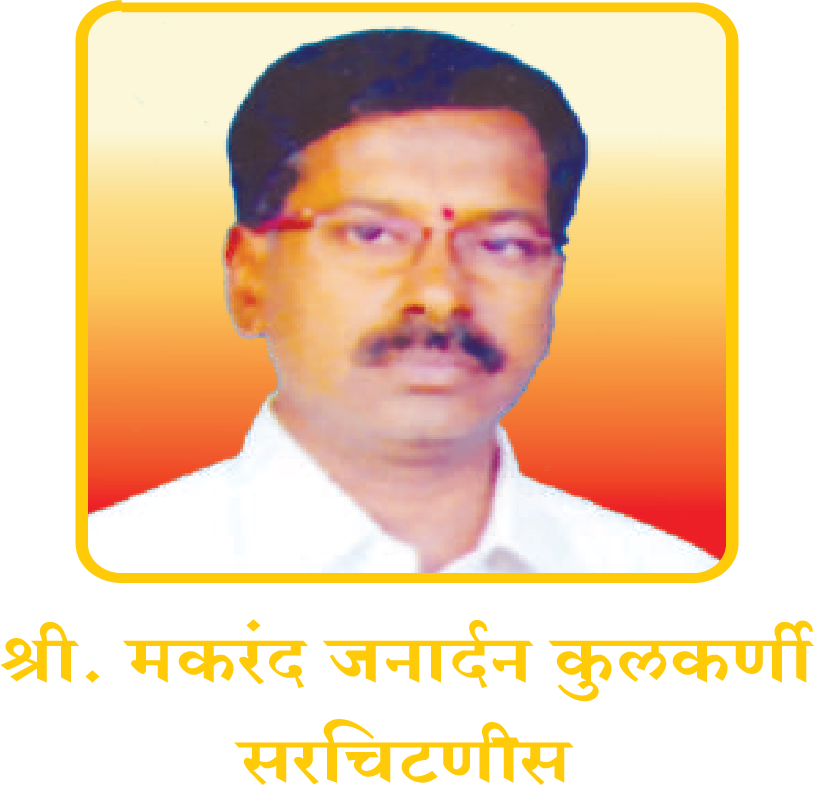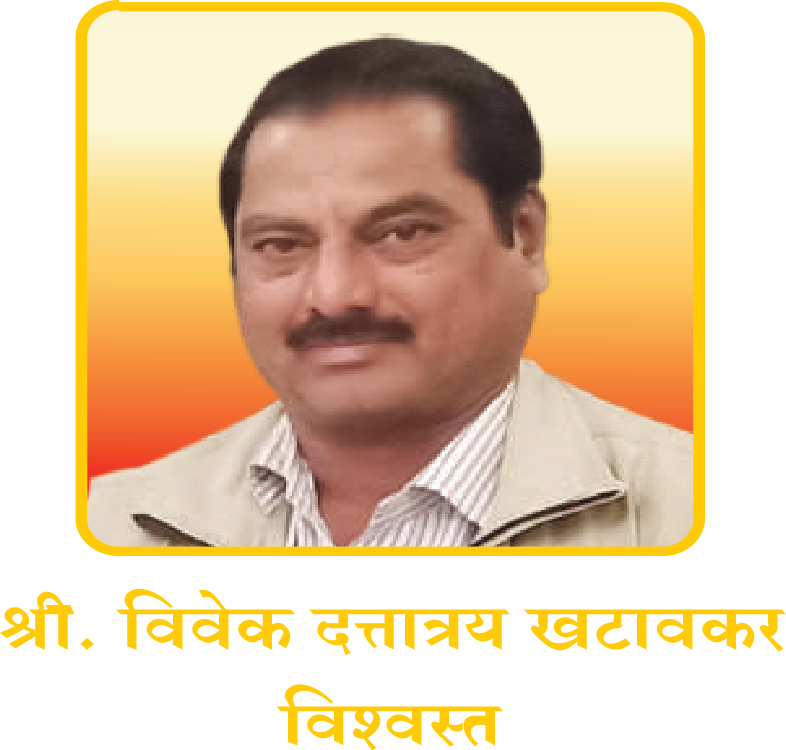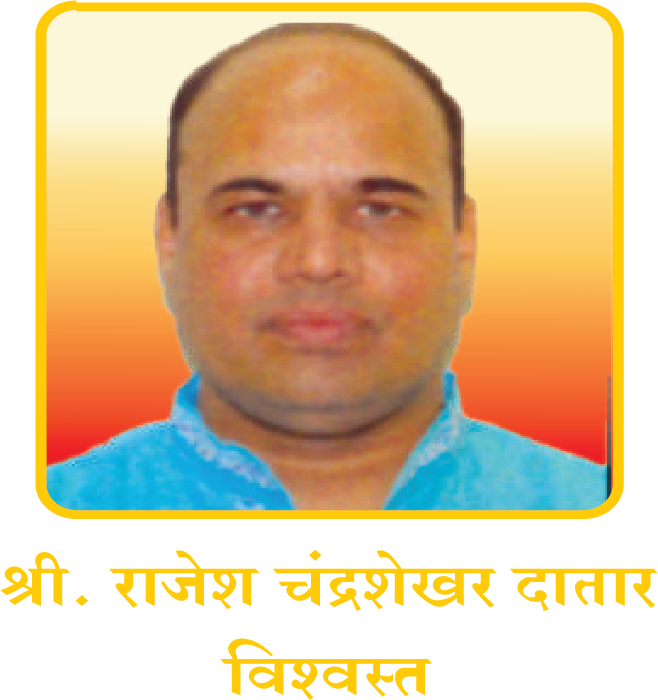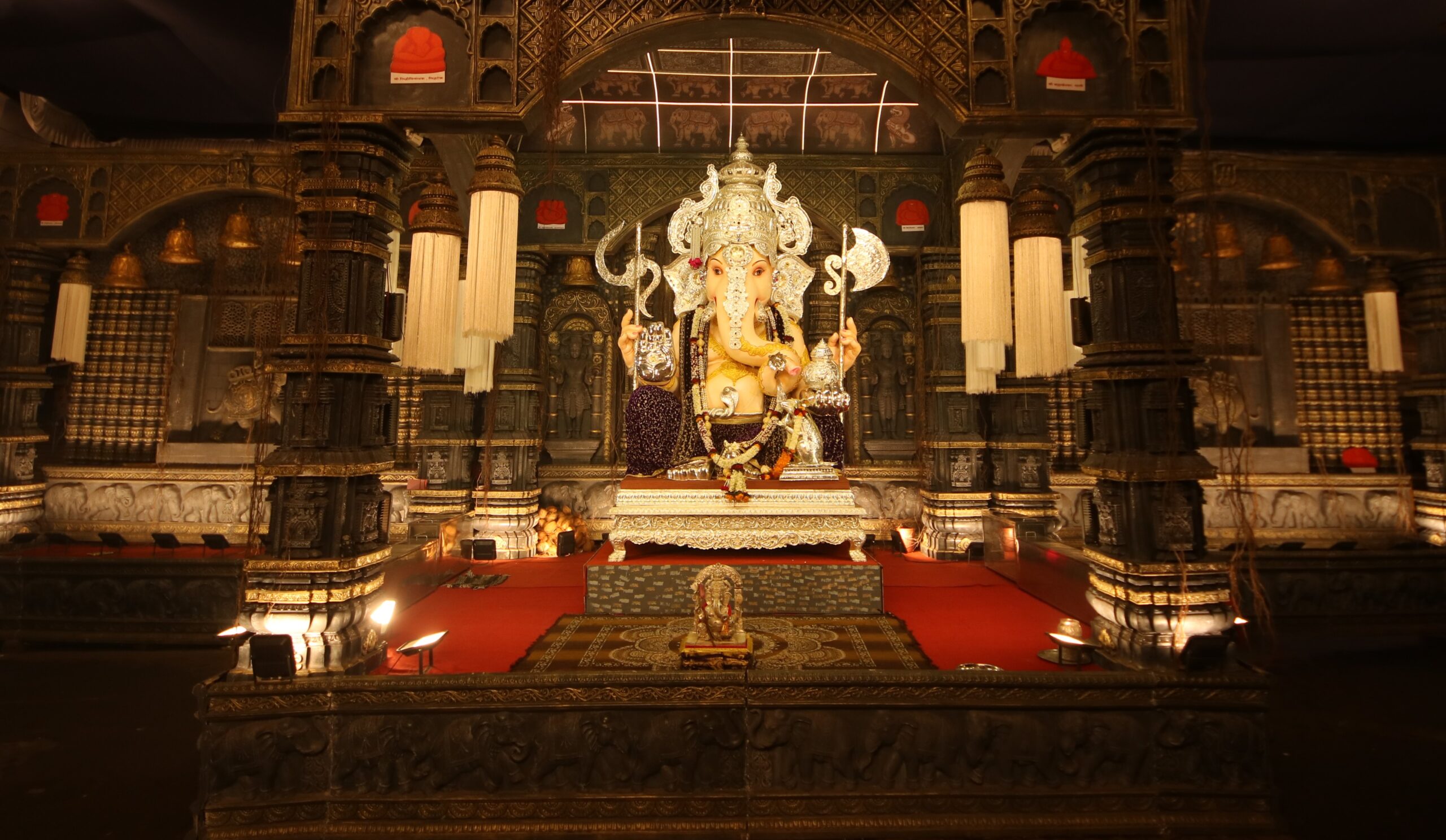
About Tulshibaug Mahaganpati Trust
The Story of Tulshibagh Public Ganesh Festival
The Ganesh festival of Pune is not only famous in Maharashtra but also in the whole of India. The beginning of the public Ganesh festival is recorded in the year 1892.
Lokmanya Bal Gangadhar Tilak initiated the celebration of Shiv Jayanti and Ganesh Utsav as public festivals to create a movement against the British rule and to build a force of unity among the people. Among the organizations and individuals who responded to his call, prominent ones were Bhau Rangari, Kasba Ganpati, Jogeshwari Devi, Gurujee Talim, Tulshibagwale, Kesarivada (Kutumbiya), and others.
With the support of the people of Pune and Lokmanya Tilak’s efforts, the grand Ganesh festival found its first five locations in Pune. Shri Kasba Ganpati and Shri Jogeshwari Devi were the first and second places, respectively, followed by Shri Gurujee Talim as the third place. Later, the Tulshibag Public Ganapati secured the fourth place, and Kesarivada Ganpati Utsav Mandal got the fifth place.
The grand success of the Ganesh festival organized by Lokmanya Tilak led to the recognition of Tulshibag as the main venue for this festival. Ramchandra Narayan Tulshibagwale, along with his cooperative friends Shri Khajgiwale, Shri Datar, and others, established the Tulshibag Public Ganesh Mandal in a large hall in their house. Through this Mandal, the installation of Shri Ganpati by Lokmanya Tilak himself took place 122 years ago in 1900, marking the beginning of the Ganesh festival.
In the subsequent years, around 1920, the responsibility of organizing the Tulshibag Public Ganesh festival was taken over by organizations like Datar, Kavre, and Khatavkar. Many volunteers and groups joined them, and the scale of the festival grew significantly. Along with that, various traditional decorations were replaced by more realistic and artistic arrangements for the Ganesh idols.
Shri D.S. and Datto Khatavkar, renowned artists of national and international fame, made significant contributions to the Tulshibag Public Ganesh Mandal. They introduced innovative concepts and artistic decorations that gained recognition and appreciation in the country and abroad.
In 1952, Shri D.S. Khatavkar created a unique artistic display where Lord Rama, along with Sita and Laxman, crossed a river while dressed in attire made of shadow clay. It received immense admiration from the people. From that year onwards, a series of artistic displays were introduced, such as Garuda Ganpati, Samudra Manthan, Draupadi’s Swayamvar, Lord Krishna’s Vishwaroop, Ganga Avataran, Shilp Ganesh, Lord Rama, Raghu Kul, Ravana lifting Mount Kailash, Vishwaroop Darshan, Dashavatar, Kichaka Vadh, Ganga Avataran, Narasimha Avatar, Angad Shistayi, Varaha Avatar, Chandrasena, and many more.
These excellent decorations gained immense popularity for the Mandal, attracting large crowds of people who came to witness them. The tradition of viewing the Ganesh decoration in Pune began with the first display at Rangprasad.
Late Shri. Dattatray Shridhar Khatavkar
A renowned fine artist known for his exquisite sculptures of Lord Ganesha and for designing various mythological and historical shows, especially during Ganeshotsav.
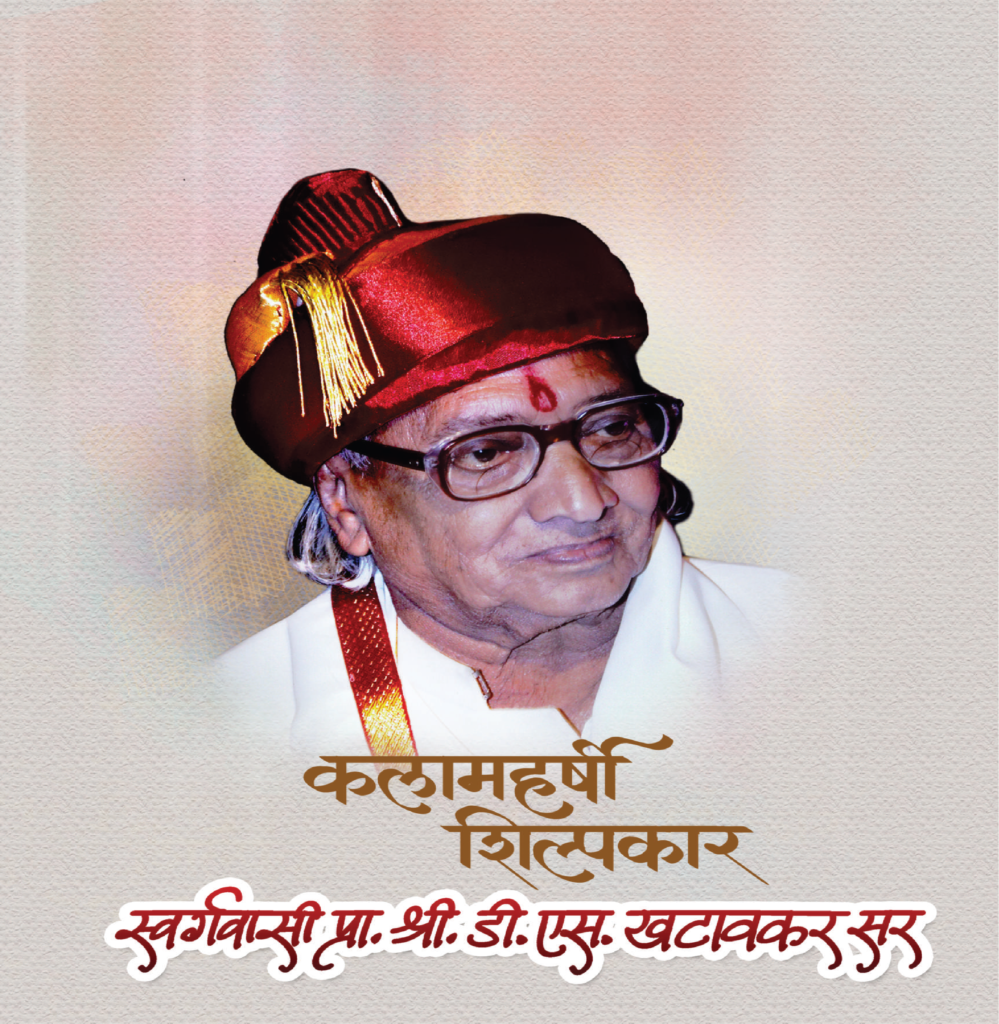
Tulshibaug Mahaganpati Trustee
